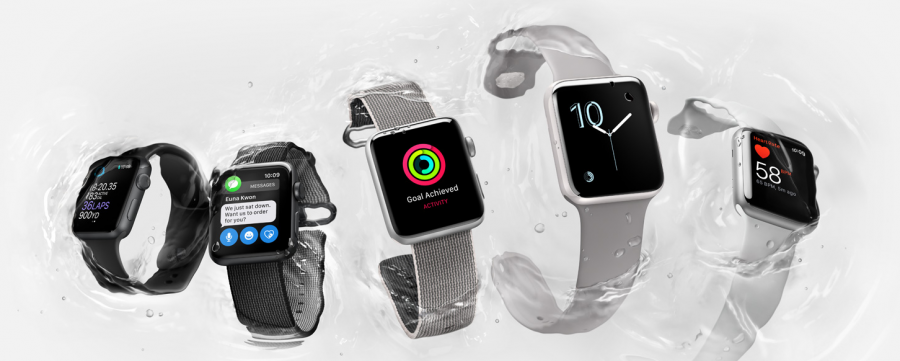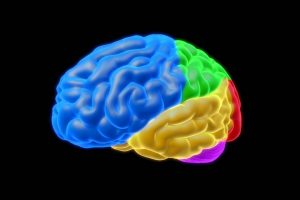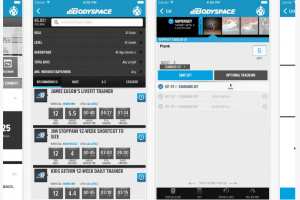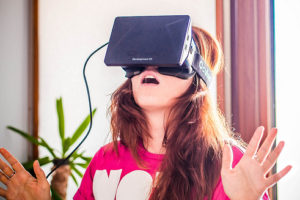Current trends like Fitbit and Apple Watch are already having a significant impact on our lives. Whether these devices are helping us be healthier or more efficient, they are all considered wearable devices, and experts are predicting a sizable boom in this market in the coming years. Here are five ways wearable devices will change personal health:
Source. Edited transcript:
Gartner Inc. has forecast that 274.6 million wearable devices will be sold worldwide in 2016. If the current market trends are any indication, then the majority of those devices will be designed to transform personal health. Here are five examples of how wearable devices will do just that:
5. Monitoring Diabetes: Researchers from the Institute for Basic Science in Seoul, South Korea, have created a dual patch to help diabetics monitor their blood glucose levels. The device replaces the need for diabetics to prick their fingers to test their blood’s glucose level. Instead, it monitors the wearer’s glucose levels by analyzing sweat. If high levels of glucose are detected, the patch releases a drug to help lower it, giving diabetics an easy, pain-free way to monitor their health.
4. Brain Wearables: EEGs or Electroencephalograms are wearable devices designed to detect and measure brain activity. They are usually deployed to measure frequencies during specific times like sleep or stressful events. These wearable devices will help doctors “read” your mind.
3. Monitoring the heart: ECGs are Electrocardiograms; these devices record electronic activity in the heart via external electrodes placed on the skin. Many also believe that in the future, the heartbeat profile of the user can be used as a biometric password through a sensor placed in a smart watch or other devices. This could do away with credit cards, keys, and tickets, providing new meaning to having a key to someone’s heart.
2. Nanosensors: Scripps Health is currently working on a nanosensor that can be injected into the bloodstream, which will provide a live glucose reading and transmit them wirelessly to a smartphone app. This is just one of the many ways that nanosensors could be deployed to monitor a person’s health.
1. Wearable Circuit Board Tattoos: Tech tats are peel-and-play biometric wearables that utilize special conductive ink and biosensors to monitor a person’s vital signs. This information can be sent to directly to a user’s smartphone or health care professional.
There is no doubt that the next major evolution of smart technology will come in the form of devices like these. However, the future of wearable device technology is dependent on the number of qualified electrical engineers available to help with development. To learn more about how you can impact the future through an exciting career in electrical engineering fill out the form below.
Sources:
http://www.idc.com/getdoc.jsp?containerId=prUS25519615
http://www.businessinsider.com/wearable-computing-market-statistics-2015-1
http://www.wareable.com/wearable-tech/biometrics-blow-your-mind-sensors-wearable-future-776
http://nerdist.com/wearable-circuit-board-tattoos-could-save-lives/
http://www.pbs.org/newshour/updates/biohacking-care/
http://www.wareable.com/wearable-tech/biometrics-blow-your-mind-sensors-wearable-future-776
http://www.gartner.com/newsroom/id/3198018
http://www.popsci.com/this-wearable-patch-uses-sweet-to-monitor-blood-glucose-levels






 Your total news and information resource for all things Science, Technology, Engineering / Mathematics, Art, and Medicine / Health.
Your total news and information resource for all things Science, Technology, Engineering / Mathematics, Art, and Medicine / Health.
Leave a Comment